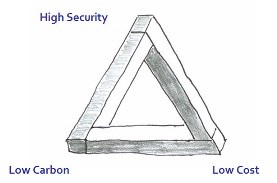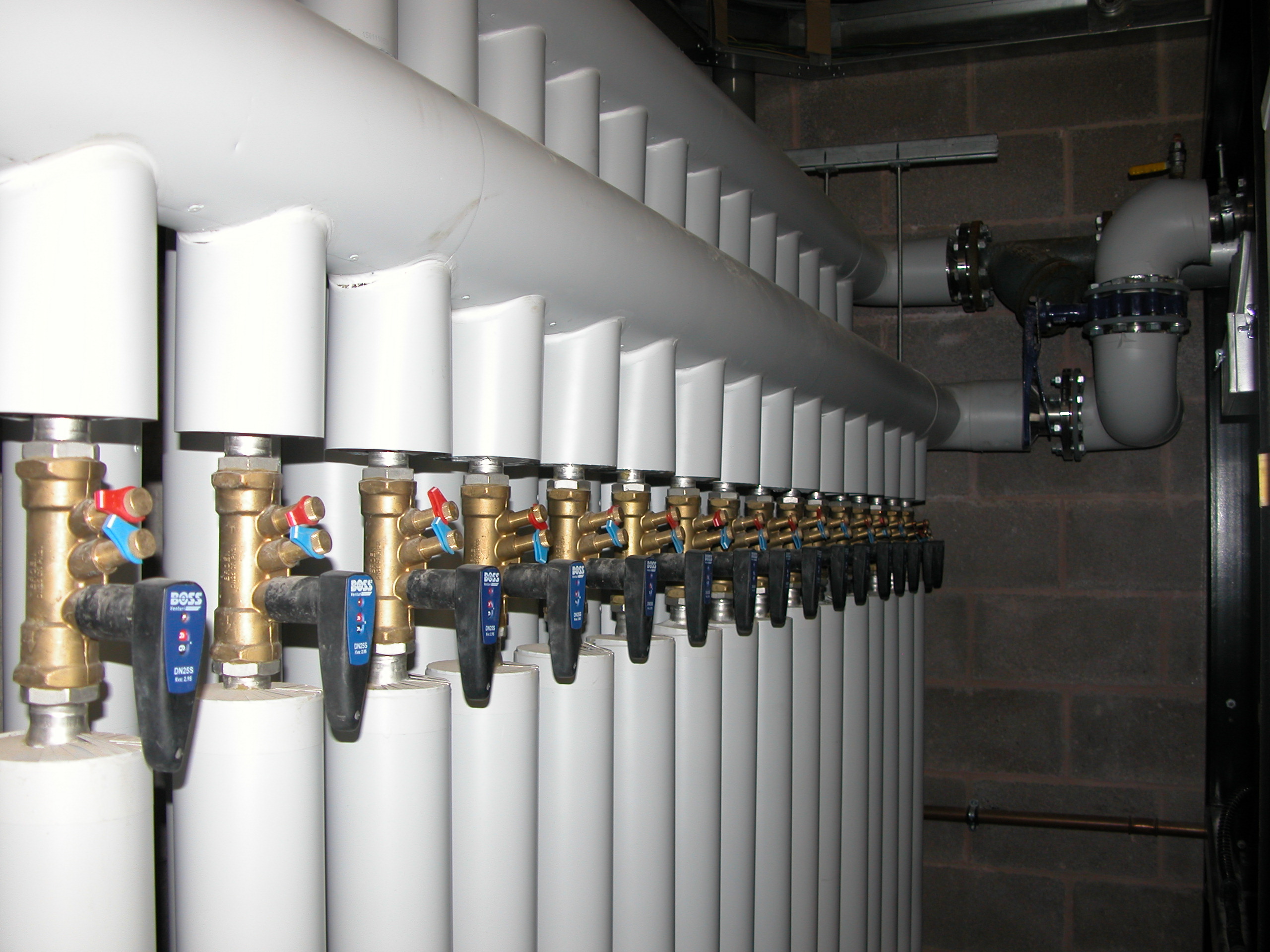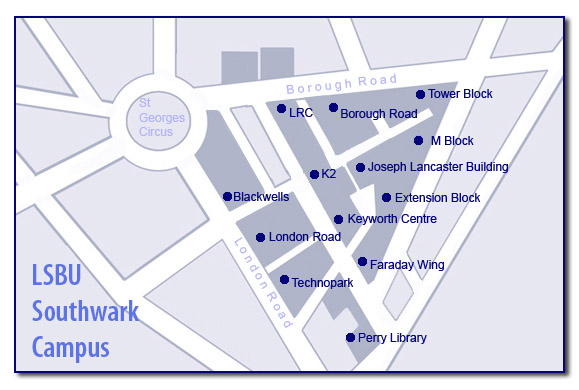The search to reduce carbon emissions
The search for a practical and affordable way to reduce carbon emissions continues. Governments all recognise the need to control the emissions of carbon. The Pope and the Governor of the Bank of England have also voiced concern that the issue is critical, but little progress has yet been made.

It is easier to recognise the problem of global warming than to know what to do about it. The UK Government has allowed itself to be persuaded that the carbon emission problem is secondary to the fight to control public spending because without control of public spending the Government will have limited power to do anything constructive. The Government is in danger of ignoring the implications of climate change on the Government's future finances, including the need for larger spending on health and welfare.
Renewable Energy can be divided into Renewable Electricity and Renewable Heat: these two manifestations of energy need to be treated in different ways.
The most promising approach to reducing carbon emissions from heat is to arrange for the transfer of heat from the time of abundant supply (summer) to the time of need (winter). It is cheaper and more efficient to transfer heat when it is needed instead of paying to generate heat each time heat is needed. Heat pumps can be used to transfer heat out of buildings into thermalbanks in summer. They can also be used to transfer heat back from thermalbanks into buildings in winter.
There can also be opportunities to transfer heat from places of abundant supply (data centres or supermarkets) to places of need (like schools or hospitals). This can be achieved where the the excess heat is reasonably close to the demand – and information and an infrastructure is accessible so that the transfer can be organised and controlled.

Internet of Heat
To be successful in heat transfer the first step is to have information about where surplus heat is available and where it is needed. There is much talk today of the "Internet of Things", meaning that if everything is connected to the internet then information can be gathered in one place, analysed and then information flows can be controlled. One step on from this is the "Internet of Heat" in which information can flow to a central point which can then give instructions for the transfer of heat – based on the transfer of information – from places of surplus to places where heat is needed.
Intranet of Heat
Because it is impractical to move heat over distances without incurring heat losses (or financial losses) it would probably be more correct to talk of an "Intranet of Heat" in which heat is shared around a local piped district network.
The temperature in the ground piping will start at natural ground temperature – which is around 14°C in London. The availability of this temperature is a great advantage for air conditioning heat exchangers, which might otherwise be forced to "waste" heat into warm air at 30°C on hot days. The by-product of this heat exchange is that the excess heat can be saved in the ground via the piping circuit and this can increase the temperature of the ground from 14°C up to a level around 20°C over the summer months. When heating is required in winter the heat pumps in the buildings will have access to temperatures around 20°C, which is very favourable for heating compared to a natural ground temperature of 14°C. This results in a win/win position with improved coefficient of performance of heat pumps in winter, and improved coefficient of performance of chillers in summer.
It is very significant that a temperature around 14°C to 20°C is available to the chillers in summer – this is of high practical value, unlike the temperature in a CHP-fuelled district heating circuit which is far too hot to be of any use to a chiller.
Remote telemetry has long been used to monitor ground source energy systems, report faults and fine tune systems to match the heating and cooling needs of each building. The next step is to co-ordinate the energy management systems of individual ground source systems into district energy management systems.
This has also been termed the "Internet of energy".
Heat Infrastructure
This new heat infrastructure is the birth of an "Intranet of Heat". The Intranet of Heat enables the exchange of information about sources and needs of heat – and cooling – and then allows heat exchange from those buildings with surplus heat to those in need of heat: a bi-directional information and energy grid.
It is also highly desirable to include heat storage in the equation: this enables excess heat from the summer to be transferred from buildings down to thermalbanks in the ground (or another form of thermal store) – and allows heat pumps to retrieve that heat in winter and transfer it back to the buildings and thus maintain an equable balance of temperature in each building all year round.
Electrification of Heat
There are now new ways of organising information and temperature to provide renewable heating and renewable cooling by recycling heat in district circuits.
The search for new techniques to control carbon emissions is advancing. There are alternatives to burning more and more fossil fuels to keep us warm in winter – and cool in summer. The answer is to recycle heat within districts – and by recycling heat it is also possible to provide heating without contributing to air pollution.
Smart Grids Projects
ICAX was the project lead on the Balanced Energy Network project in which heat pumps on a fifth generation heat network participate in demand side response to shift electricity use to off peak periods.
ICAX is a partner in the SmartHubs SLES project in which ICAX marine source heat pumps respond to price movements in electricity to reduce consumption of electricity a times of peak demand.
See Ground Source Heating See Ground Source Cooling See Ground Source Energy

